Highway 4G Cúcuta – Pamplona
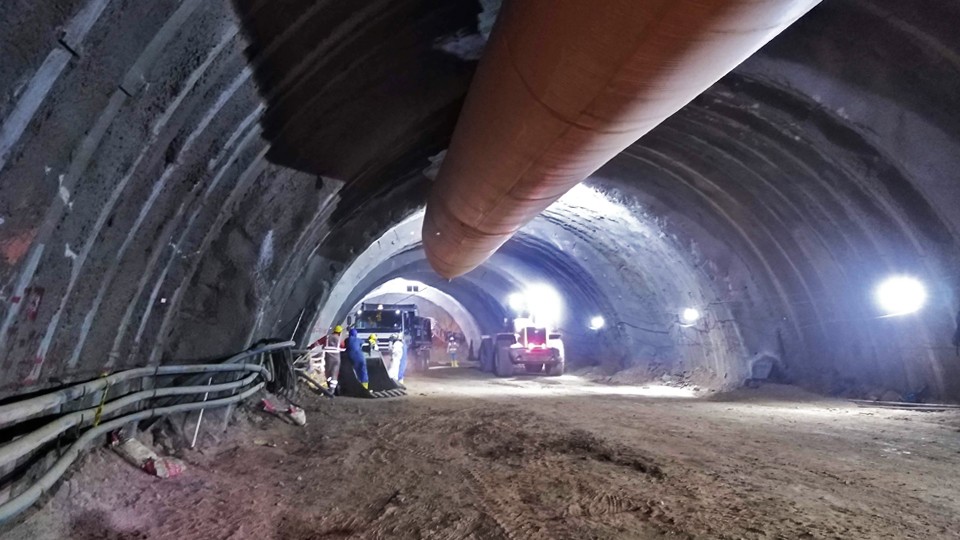
The Unión Vial Río Pamplonita Concessionaire is in charge of the Pamplona-Cúcuta dual carriageway, the most important road infrastructure work in Norte de Santander. This project is a solution to the border mobility between Colombia and Venezuela, as well as with the northeast of Colombia. The main characteristics of the project are: its length of […]
“La Linea” Road Pass, Colombia

Tunnel “La Linea”, recently inaugurated, connects Colombia from the south-west to the center of the country, from Portal Bermellón in Cajamarca – Tolima, to Portal Galicia in Calarcá – Quindío. With a length of more than 8 kilometers, it is the longest road tunnel in the Americas. The road has two motorways exits and 13,4 […]
Grand Paris Express
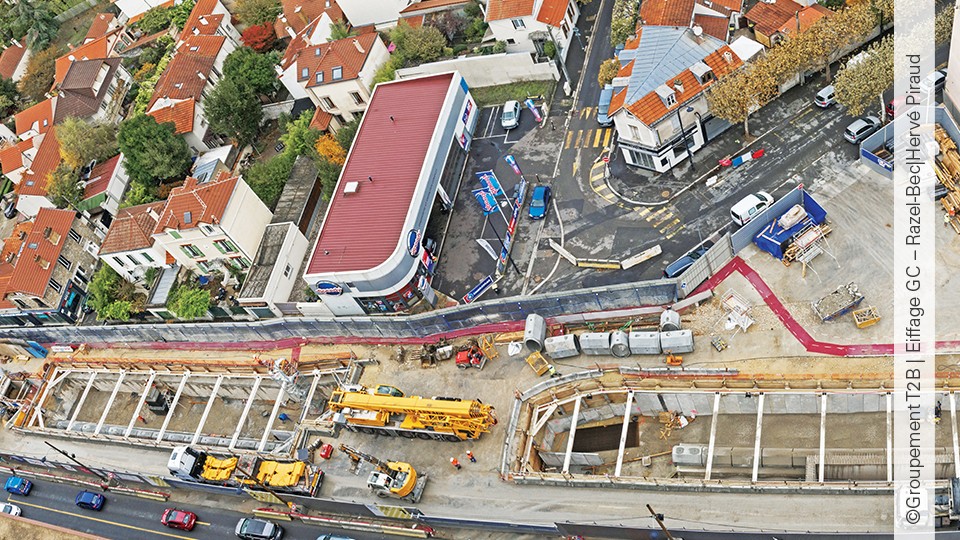
Le Grand Paris Express est le plus grand projet urbain en Europe avec la construction de 200 km de lignes automatiques, soit autant que le métro actuel, et 68 gares. Les quatre nouvelles lignes du Grand Paris Express (15, 16, 17 et 18), ainsi que la ligne 14 prolongée au nord et au sud, seront […]
Cellules de pression hydraulique
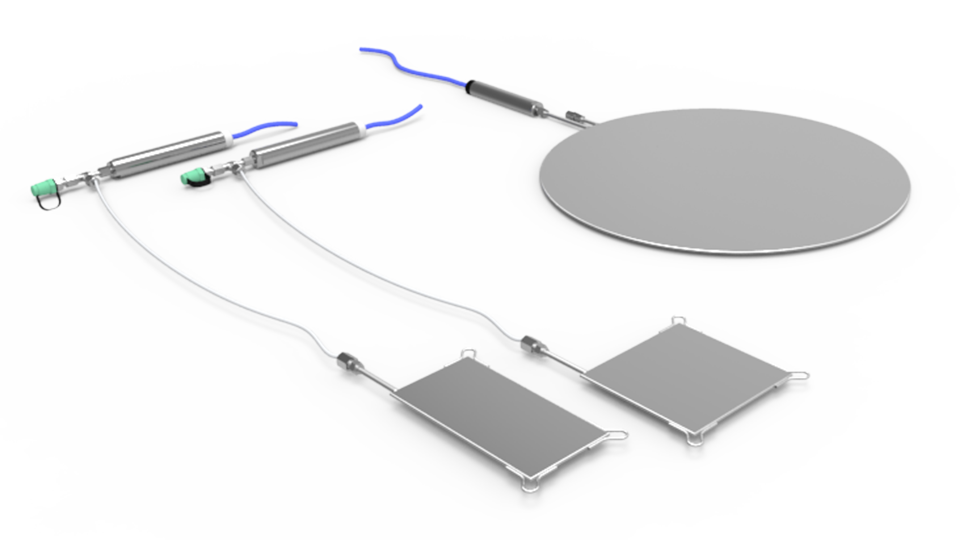
Codes de référence: L111, PK45H, P252A, TUNY Les cellules de pression hydrauliques sont conçues pour mesurer les contraintes dans le béton massif, ou bien à l’interface entre une structure et le terrain. La cellule est composée de deux plaques en acier soudées entre elles sur leur périphérie et espacées par un interstice saturé sous vide […]
Ulu Jelai Hydroelectric Project, Malaysia
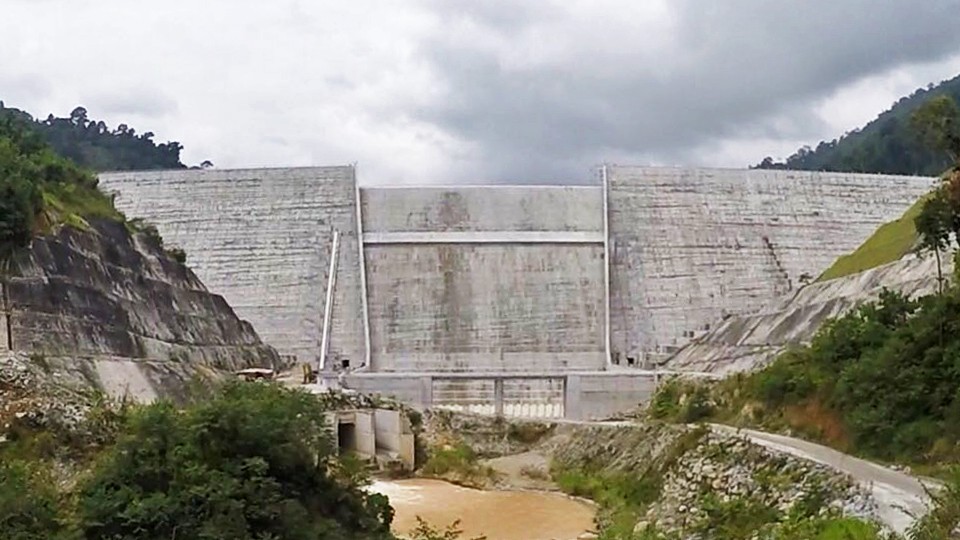
The Project will involve the construction of an accumulation reservoir (Susu Reservoir) with two main water intakes, Telom Intake and Lemoi Intake, located upstream of Susu reservoir. The main part of the project is the construction of the Susu dam on the Bertram River, more than 80 m high and entirely built using the advanced […]
Rome Underground – Line C – Italy
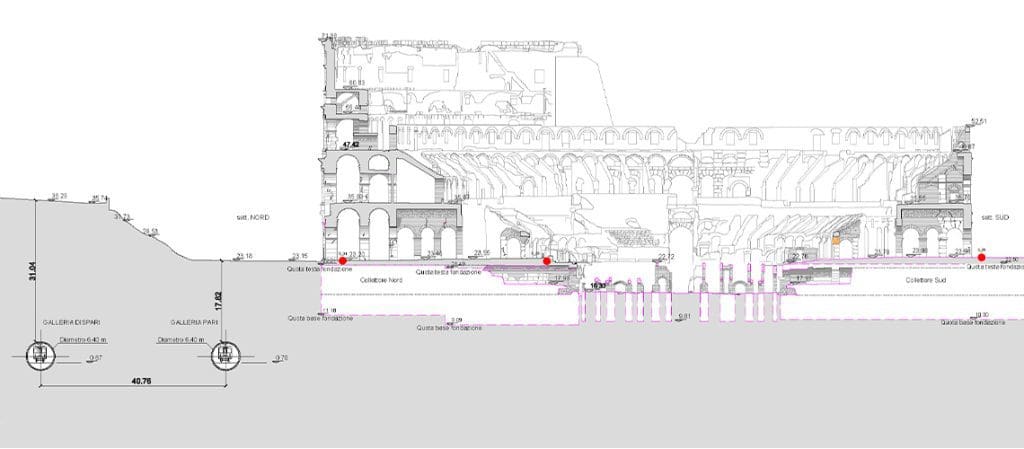
Rome metro Line C runs through the city from North-West (Della Vittoria district) to the eastern suburb and is extending beyond the Grande Raccordo Anulare.Line C has a full-run of 25,6 km and 30 stations, passing through the old town centre.The Route will be characterised by the green colour. The interchanges with the other metro […]
Center for Monitoring of impact of infrastructures on environment, Bucharest – Romania

Under EU financing, a Center for monitoring of impact of infrastructure on environment has been created within Technical University of Bucharest.The project was developed though an International Tender which was awarded to SISGEO. The aim was to provide Technical University with comprehensive list of geotechnical equipment, in order to allow University specialist to deal with […]
Bangkok Blue Line Extension Project, Contract 2 – Thailand
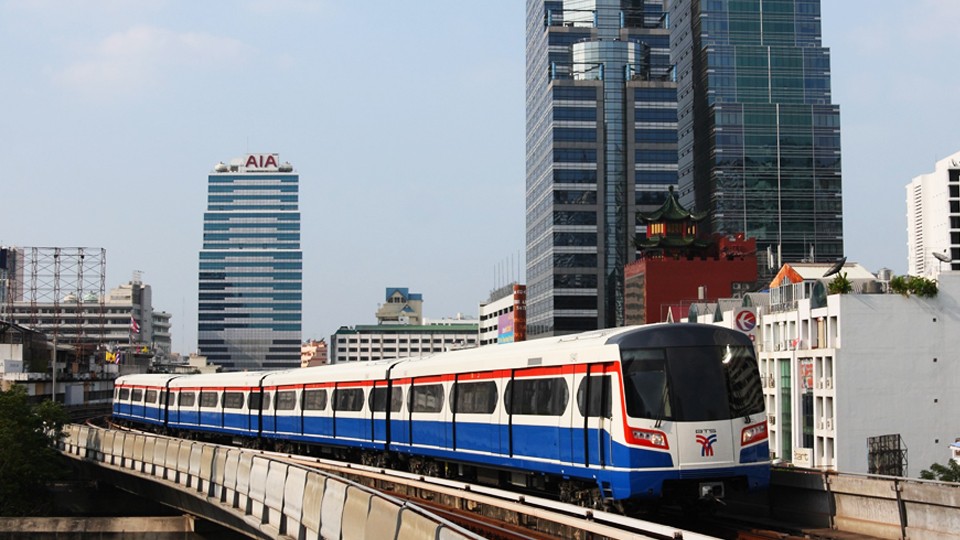
The MRT (Metropolitan Rapid Transit) Blue Line is being extended.The extension is expected to be completed in 2017 and by then the Blue Line will become a loop line around the centre of Bangkok, with the part on the western side of the Chao Praya River mainly being an elevated system and the other half […]
FAQ#030 – Pourquoi les cellules de pression NATM possèdent-elles des tubes de repressurisation?
Les cellules de pression NATM sont normalement utilisées pour mesurer les contraintes tangentielles et radiales dans les revêtements de tunnels en béton. Elles sont coulées dans le béton et après le durcissement et le retrait du béton, la cellule doit être repressurisée pour maintenir un contact entre le la cellule le béton qui l’entoure.
FAQ#022 – Pourquoi les cellules de pression NATM possèdent-elles des tubes de repressurisation?
Les cellules de pression NATM sont normalement utilisées pour mesurer les contraintes tangentielles et radiales dans les revêtements de tunnels en béton. Elles sont coulées dans le béton et après le durcissement et le retrait du béton, la cellule doit être repressurisée pour maintenir un contact entre le la cellule le béton qui l’entoure.
FAQ#021 La pompe manuelle de repressurisation destinée aux cellules de pression NATM et remplie d’huile désaérée est-elle prête à l’emploi ? Quel type d’huile utilise-t-on pour cette application?
Oui. La pompe est remplie d’huile désaérée en usine et sous vide . Pour une utilisation normale dans le béton, l’huile à l’intérieur de la pompe est suffisante pour repressuriser 50 cellules de pression NATM. L’huile que nous utilisons est du type Edwards Ultra-grade 19 destiné à l’utilisation dans les pompes à vide.








